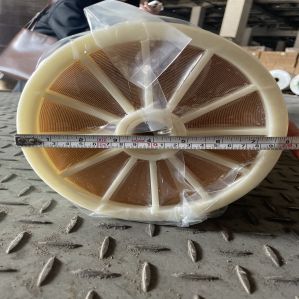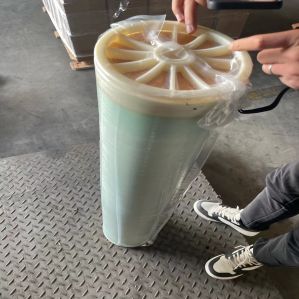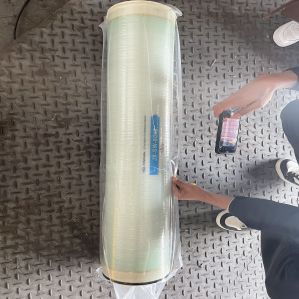Reverse osmosis membrane is an important water treatment technology and is widely used in seawater desalination, drinking water treatment, industrial wastewater treatment and other fields. To ensure efficient operation and long-term performance of your reverse osmosis system, proper maintenance and upkeep is crucial. This article will introduce the maintenance and maintenance strategies of reverse osmosis membranes, aiming to help operators optimize system operation and extend the service life of reverse osmosis membranes.



1. Regular inspection and cleaning
- Regularly check the status of the reverse osmosis membrane, including surface scaling, blockage and damage.
- Choose appropriate cleaning methods for different pollution problems, such as chemical cleaning, physical cleaning or gas cleaning.
- Ensure that cleaning agents are selected and used in accordance with the manufacturer's recommendations and that correct cleaning procedures are followed.
2. Control incoming water quality
- Regularly monitor incoming water quality, especially the concentration of suspended solids, dissolved solids and organic matter.
- Take appropriate pretreatment steps such as sedimentation, filtration and activated carbon adsorption to reduce contaminant levels in the incoming water.
3. Control operating conditions
- Ensure the system is operating under proper operating conditions such as temperature, pressure and flow.
- Avoid excessive pressure and sudden pressure shocks to prevent membrane rupture or contamination.
- Ensure the balance between incoming water and concentrated water to avoid concentration effects and scaling problems on the concentrated water side.
4. Manage chemical use
- Use appropriate antiscalants, bactericides and pH adjusters to protect the performance of the reverse osmosis membrane.
- Regularly check and adjust the chemical dosage to ensure it is within the appropriate range to avoid membrane fouling or damage caused by excessive use.
5. Training and Records
- Train operating personnel on the operation, maintenance and troubleshooting of reverse osmosis membrane systems.
- Record operating data, maintenance records and cleaning history for timely diagnosis of problems and analysis of system performance.
Conclusion: Reverse osmosis membrane is a key water treatment technology, and its maintenance and upkeep are crucial. Through regular inspection and cleaning, control of incoming water quality, management of operating conditions, reasonable control of chemical use, and effective implementation of training and records, the operation of the reverse osmosis membrane system can be optimized, long-term performance improved, and the service life of the reverse osmosis membrane extended. . This will help ensure efficient operation of the system and provide quality water treatment solutions.





 Language
Language






 Network Supported
Network Supported